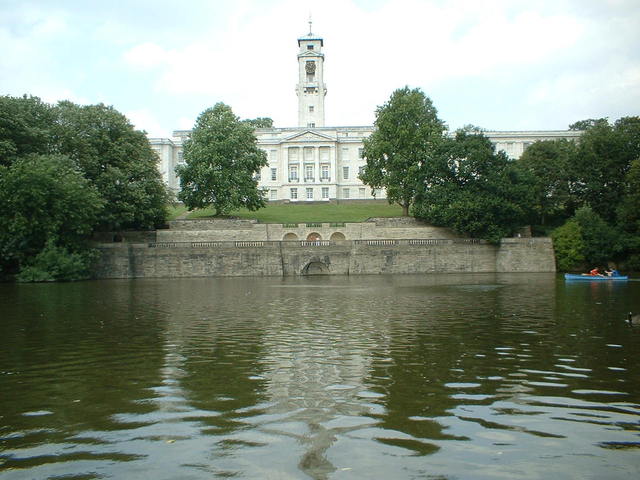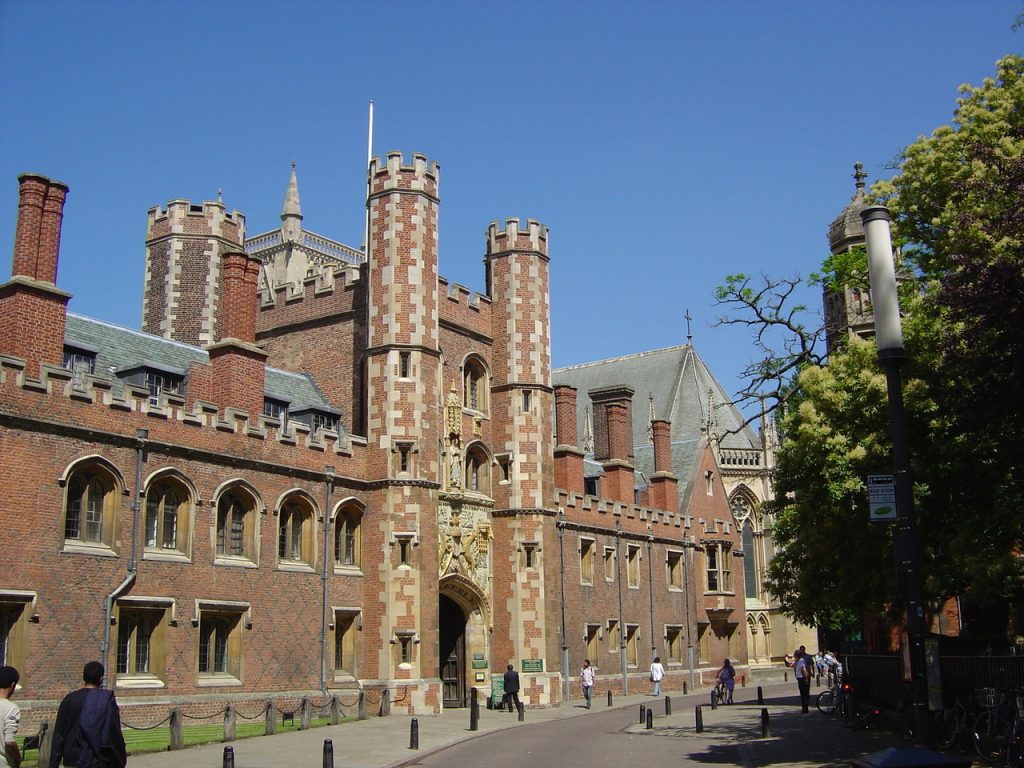Today countless university students are becoming familiar with their brand-new schools. They’re finding out which building to visit for their very first day of class, and where to do their laundry. Meanwhile potential students are taking school trips, picturing themselves working day and night in the library and meeting their brand-new roomie in dormitories. A few of these students are travelling the campus by foot. But a lot of them are opening up 3D maps and taking virtual trips on their phones and laptop computers, thanks to agile digital transformation and location-based and virtual reality software.
“Numerous groups on campus have essential information,” states the program’s director, and corporate speaker Ken Kato. “Our task is to determine the best ways to narrate it.” Such “story maps” highlight a series of info beneficial to the university neighborhood, from present construction jobs (to avoid the noisy cranes and frannas) to the all-gender bathrooms, UO reports. Just as Google Maps can inform you about mishaps and traffic in actual time, Kato’s group used their map during an ice storm last winter season to offer updates on hazardous school spots.
College marketing departments relish at the brand-new opportunities offered by this innovation. Schools authorities can flaunt the school to students who otherwise may not have the ability to afford a visit; take prospective donors inside a yet-to-be constructed library that their dollars might support; ease inbound freshmen’s worries about exactly what to anticipate in dormitory designs.
A lot of school maps are lightweight pamphlets that collect dust in the visitor center. But to Michael Green, senior graphic designer in the marketing and interactions department at Texas A&M University, maps provide a chance for users to have abundant, interactive experiences that give them a feel of the campus. Given that 2014, Green has actually dealt with CampusBird, an interactive m ap and virtual trip platform, to develop 3D maps and virtual trips of Texas A&M. “Taking a look at a footprint of buildings does not help me,” Green states. Rather, anybody with the Texas A&M app can open a map of school that lets them browse the premises, check out information about buildings and see 360-degree breathtaking pictures of the premises.
Green, who was an “Aggie” school tourist guide as an undergraduate, is excited to develop the most realistic campus experience possible for those who may never ever enter College Station, TX. College trips are expensive for lots of high school students and their families – a fact that makes it much more tough for first-generation students to visualize themselves roaming the campus premises. “Even in Texas there are kids who do not have a way to visit our school. When people go on school trips, they’re going to apply,” Green states.
 CampusBird is an item of Concept3D, a location-based software and 3D services business based in Stone, CO. CampusBird was introduced in 2012 with the objective of “transforming the school map,” and today counts 250 schools, some with numerous campuses, amongst its clients. CampusBird’s designers construct 3D maps using Google Maps and OpenStreetMap. They include layers to produce 3D makings that portray structures and landscape functions. Their software has been tested through agile automated testing and testing managed services. Then users at the school can annotate the maps, including information like the history of a structure or the hours the fitness center is open. CampusBird maps also consist of virtual trips. If a user were to click the chemistry structure, they may see a virtual representation of the laboratory, for instance. In the very first half of 2016, users took some 80,000 virtual trips on CampusBird-powered maps.
CampusBird is an item of Concept3D, a location-based software and 3D services business based in Stone, CO. CampusBird was introduced in 2012 with the objective of “transforming the school map,” and today counts 250 schools, some with numerous campuses, amongst its clients. CampusBird’s designers construct 3D maps using Google Maps and OpenStreetMap. They include layers to produce 3D makings that portray structures and landscape functions. Their software has been tested through agile automated testing and testing managed services. Then users at the school can annotate the maps, including information like the history of a structure or the hours the fitness center is open. CampusBird maps also consist of virtual trips. If a user were to click the chemistry structure, they may see a virtual representation of the laboratory, for instance. In the very first half of 2016, users took some 80,000 virtual trips on CampusBird-powered maps.
Green, who handles the majority of the mapping from the Texas A&M side, states he can approve various individuals’ access to modify various parts of the map. “For example, I can provide the library area and consents just for their area, but they cannot disrupt the dormitories.”. He’s also produced a series of map layers for particular occasions. These layers show up just to individuals who are participating in that specific event and end as soon as it’s over. For instance, Texas A&M had an employee appreciation day, where employees get professional photos taken at the school with their families. They had access to an interactive map that told them the area of each professional photographer and other information consisting of where to discover complimentary parking.
Just more recently, Green dealt with the Residence Life department to produce a map for move-in day, that included where to discover cardboard recycling, the bustle of drake low loaders for hire pushing past to finish campus projects with heavy duty goodyear tyres on show, help stations and where to park to dump those IKEA cabinets and bookcases. Each dormitory had a distinct map, “so students would not get overwhelmed with information for all the structures,” Green states. Green’s next job is embedding 360-degree videos in the maps. Envision Google Street View, but instead of a still image, there’s motion around you. “You enjoy a squirrel playing around, a person riding on a bike, birds chirping and a sports car with new tyres rolling by,” he states, including that his dream is to include a virtual reality aspect to it. “As you spin around you can see the Sul Ross Statue.”.
Developing the videos is one step, but putting them on a map gives audiences context and the color of the administration building’s re-instated timber frames, he states. If all works out, some 2017 freshmen will have practically explored their dormitories well before they buy that IKEA cabinet.
